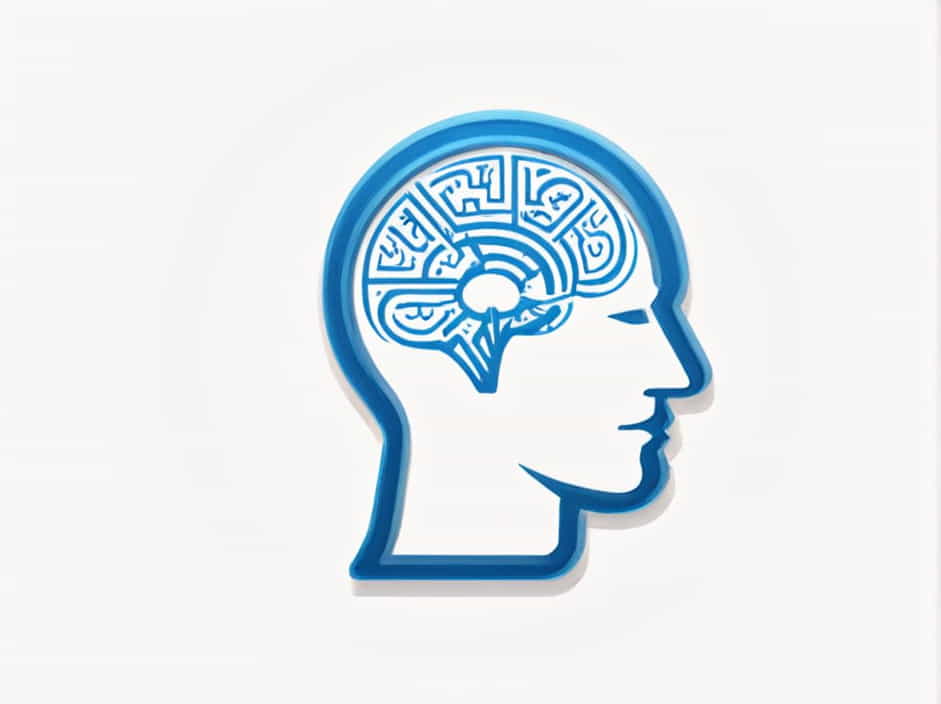Phrenology, a now-debunked field of study, once claimed that the shape and size of a person’s skull could reveal their personality, intelligence, and mental capabilities. In the 19th century, phrenology was widely accepted as a scientific method for understanding human behavior, but modern neuroscience has discredited it.
Despite this, phrenology remains an interesting topic in the history of psychology and neuroscience. Many people still wonder if there was any truth to its claims or if it was merely pseudoscience. This topic explores the origins of phrenology, its key principles, how it was used to interpret the mind, and why it was ultimately abandoned.
What Is Phrenology?
Phrenology is the study of skull shapes as a means to understand a person’s character, intelligence, and behavior. It was developed by Franz Joseph Gall in the late 18th century and gained popularity in the 19th century.
Gall proposed that the brain was divided into specific regions, each responsible for different mental faculties such as memory, language, emotions, and moral judgment. He believed that if a certain trait was highly developed, the corresponding area of the brain would be larger, causing a noticeable bump on the skull. Conversely, underdeveloped traits would result in depressions in the skull.
Key Principles of Phrenology
Phrenology was based on several key ideas:
- The brain is the organ of the mind – Mental functions are localized in different regions of the brain.
- Brain regions vary in size – A larger brain region means a stronger mental ability, while a smaller region means a weaker ability.
- The shape of the skull reflects brain structure – By examining the skull, one can determine a person’s character and mental abilities.
How Phrenology Was Used to Interpret the Mind
In the 19th century, phrenologists believed they could analyze a person’s personality by feeling and measuring their skull. This process, known as cranioscopy, involved examining bumps and indentations to determine which mental faculties were strong or weak.
Phrenology’s Claims About Personality
Phrenologists divided the brain into specific areas, each linked to different traits:
- Benevolence – A well-developed area meant the person was kind and generous.
- Combativeness – A large bump in this area suggested aggression or a strong fighting spirit.
- Secretiveness – A person with a pronounced secretiveness area was believed to be mysterious or deceptive.
- Acquisitiveness – This region was linked to a desire for wealth and possessions.
Applications of Phrenology
Phrenology was used in various aspects of society, including:
- Career guidance – Employers used phrenology to assess job applicants’ abilities.
- Education – Some educators used phrenology to determine students’ strengths and weaknesses.
- Criminal profiling – Authorities attempted to predict criminal behavior based on skull shape.
- Personal relationships – People sought phrenologists’ advice for choosing partners based on personality analysis.
Scientific Criticism and the Decline of Phrenology
While phrenology gained popularity in the 19th century, scientists eventually disproved its claims. Several key findings led to its decline:
1. The Brain Does Not Work in Isolated Regions
Modern neuroscience has shown that mental functions are not confined to specific brain regions. Instead, the brain works as a network, with different areas collaborating to perform tasks.
2. Skull Shape Does Not Indicate Brain Function
Phrenology falsely assumed that the skull’s shape mirrored the brain’s structure. However, scientific studies found no correlation between skull bumps and intelligence or personality.
3. Lack of Empirical Evidence
No controlled experiments ever confirmed phrenology’s accuracy. When tested scientifically, phrenology failed to make reliable predictions about behavior or mental abilities.
4. Ethical Concerns and Misuse
Phrenology was sometimes used to justify racism, sexism, and social inequality. Some phrenologists claimed that certain races or social classes had ‘inferior’ brain structures, leading to discrimination.
Modern Perspectives on Phrenology
Today, phrenology is classified as pseudoscience, meaning it lacks scientific credibility. However, its historical influence on psychology and neuroscience is undeniable.
1. Contributions to Neuroscience
Despite its flaws, phrenology helped spark interest in studying brain function and localization. It influenced early neuroscience research and contributed to later discoveries about how different brain regions control behavior.
2. Popular Culture and Pseudoscience
Phrenology continues to fascinate people and is often referenced in movies, books, and TV shows. Some alternative medicine practitioners still claim to use skull analysis for health and personality insights, but these claims lack scientific support.
Lessons Learned from Phrenology
Phrenology’s rise and fall teach us valuable lessons about scientific inquiry, critical thinking, and the dangers of pseudoscience.
1. The Importance of Scientific Validation
Any scientific theory must be tested through experiments, observations, and peer review. Phrenology lacked scientific rigor, which led to its downfall.
2. The Risks of Misinterpreting Science
Phrenology’s misuse for social and racial discrimination highlights the danger of using unproven science to justify prejudices. This serves as a reminder to approach scientific claims with skepticism.
3. The Evolution of Neuroscience
Modern neuroscience has made incredible progress in understanding the brain. Technologies like MRI scans, EEG, and brain mapping provide accurate insights into how the brain functions-something phrenology could never achieve.
Phrenology was once considered a groundbreaking science for interpreting the mind, but it has since been debunked as pseudoscience. While it contributed to early discussions about brain function and personality, its flawed methodology and lack of scientific evidence led to its rejection.
Today, we recognize that personality and intelligence cannot be determined by skull shape. Instead, modern psychology and neuroscience provide evidence-based approaches to understanding human behavior. Phrenology remains a historical curiosity-an example of how scientific ideas evolve over time and why critical thinking is essential in evaluating new theories.
